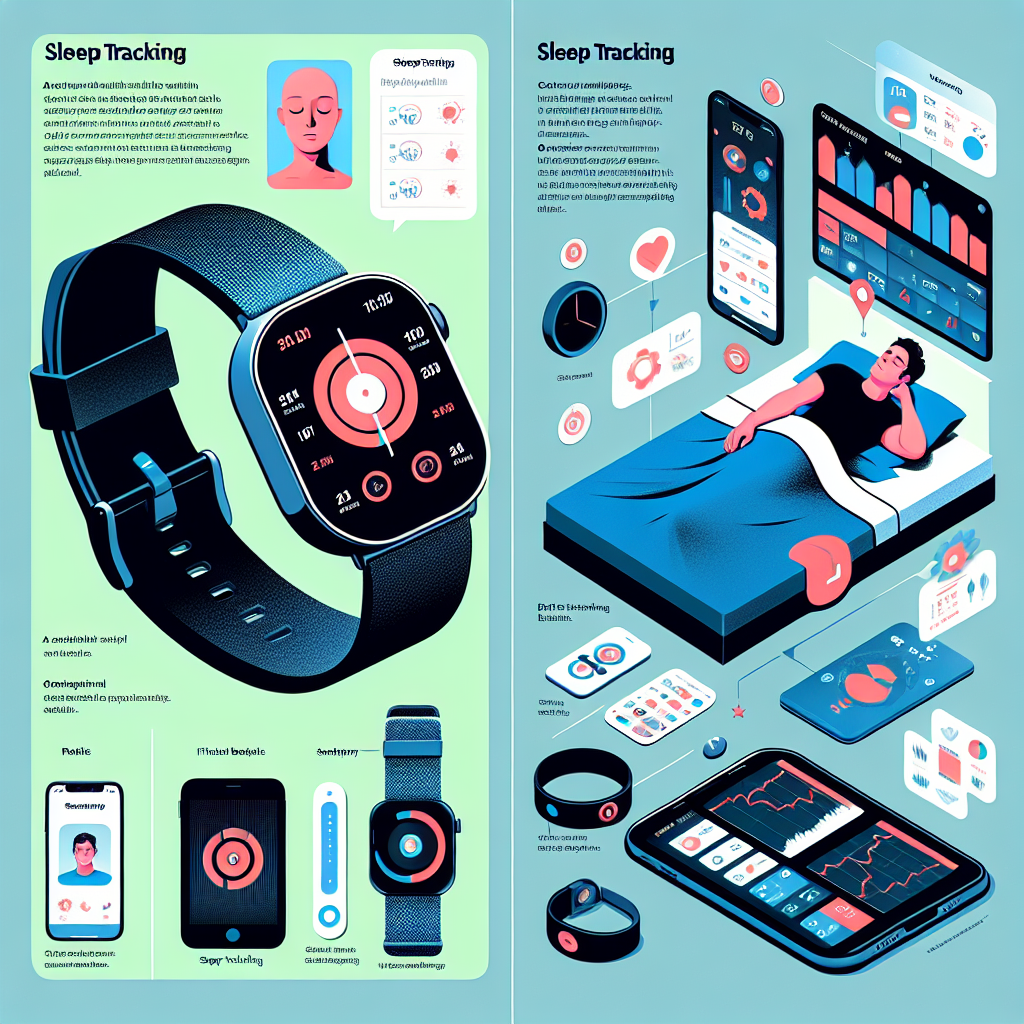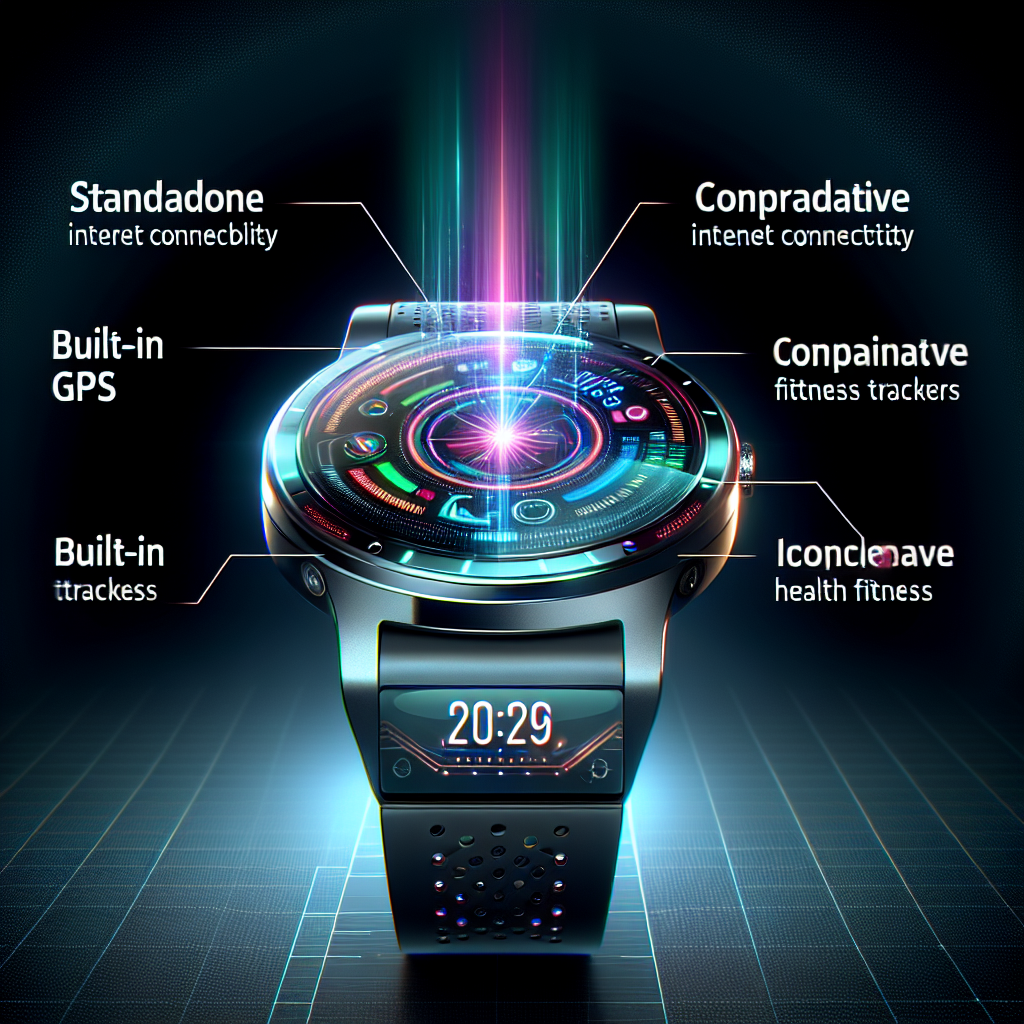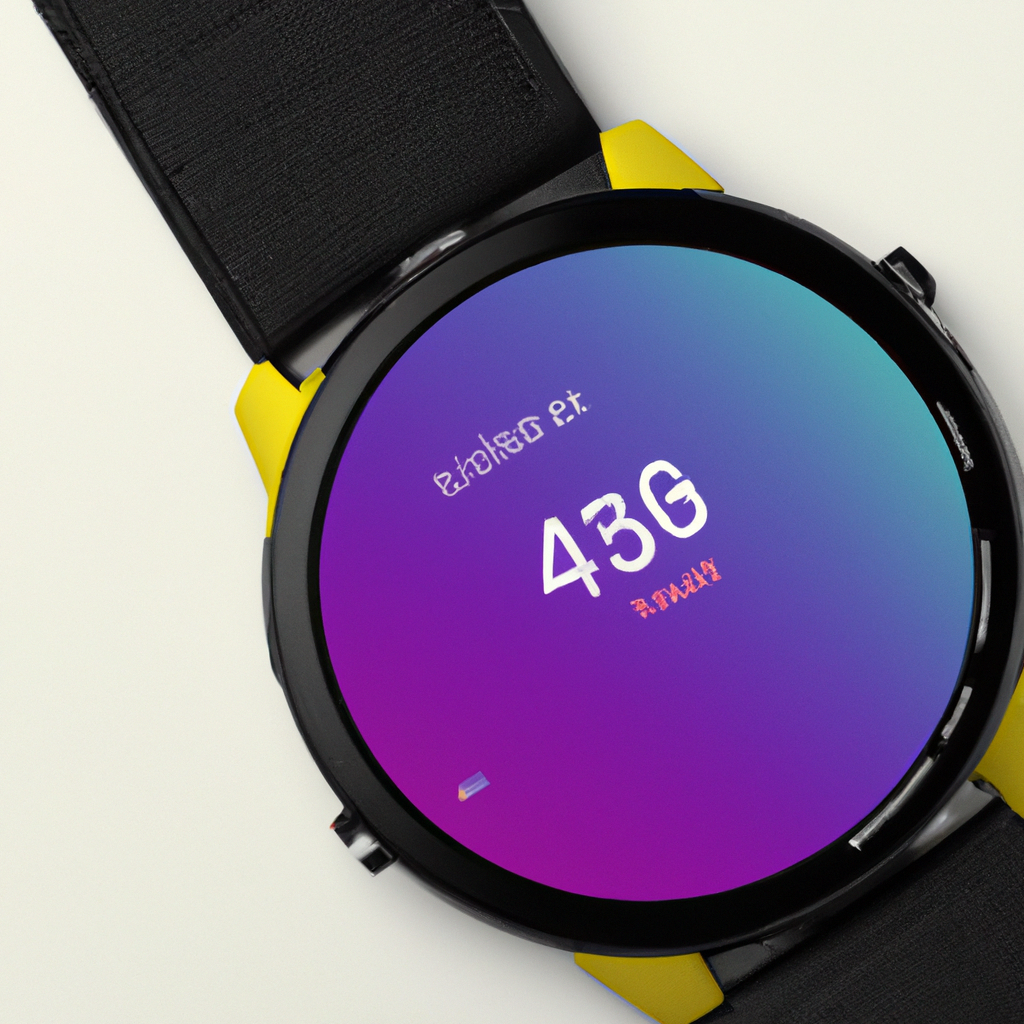Unlocking the Power of Sleep Tracking: Smartwatch vs Other Devices
In today’s fast-paced world, understanding your sleep patterns is essential for maintaining optimal health and wellness. Sleep tracking technology has advanced rapidly, with smartwatches and dedicated sleep trackers leading the way. But how do you use sleep tracking on a smartwatch compared to other devices? This guide will walk you through everything you need to know about leveraging sleep tracking, comparing smartwatches with other popular options, and offering practical tips for getting the most accurate results.
Why Track Your Sleep?
Sleep quality has a direct impact on your physical, mental, and emotional well-being. By monitoring your sleep cycles, you can identify patterns, spot disturbances, and make informed adjustments to your routine. Sleep tracking provides insights into:
- Sleep stages: Light, deep, and REM sleep
- Sleep duration: Total hours asleep
- Sleep quality: Restfulness, interruptions, and efficiency
- Heart rate and oxygen levels: For a comprehensive health overview
Whether you use a smartwatch or another device, tracking sleep empowers you to achieve better rest and overall health.
Understanding Sleep Tracking Technology
At the core, sleep trackers use sensors such as accelerometers, gyroscopes, and heart rate monitors to analyze your movements and physiological signals during the night. Here are the main technologies used:
- Actigraphy: Detects wrist movements to infer sleep states.
- Heart Rate Variability (HRV): Measures subtle changes in heartbeat to estimate sleep stages.
- SpO2 Sensors: Track blood oxygen levels for a deeper health insight.
- Microphone and Sound Analysis: Some devices monitor breathing patterns or snoring.
Smartwatches often combine these methods, providing a multi-dimensional view of your sleep unlike many basic trackers.
How to Use Sleep Tracking on a Smartwatch
Setting up sleep tracking on your smartwatch is straightforward. Whether you own an Apple Watch, Samsung Galaxy Watch, Fitbit, or Garmin, the basic process is similar:
- Install or Update the Health App: Ensure your smartwatch’s companion app is up to date on your smartphone. Popular apps include Apple Health, Samsung Health, Fitbit, and Garmin Connect.
- Enable Sleep Tracking: Go to the sleep tracking section in your smartwatch app and activate automatic or manual sleep monitoring. Some devices require you to set your usual bedtime and wake-up time.
- Wear Your Watch to Bed: Make sure the watch fits snugly, especially for accurate heart rate and SpO2 readings.
- Review Your Sleep Data: Check your morning report on the watch or app. You’ll see details like sleep stages, duration, and quality metrics.
- Sync Data: Most smartwatches automatically sync with your phone, but ensure Bluetooth is on for real-time updates.
Tip: Some smartwatches offer advanced features such as sleep coaching, smart alarms, and stress monitoring—explore your device settings for personalized insights.
Smartwatch vs Other Sleep Tracking Devices: Key Differences
| Feature | Smartwatch | Other Devices (Rings, Bands, Under-Mattress, etc.) |
|---|---|---|
| Data Types | Sleep stages, heart rate, SpO2, movement, stress | Mainly movement, some offer heart rate/SpO2 |
| Comfort | May feel bulky for some users | Often more discreet (rings, mattress pads) |
| Battery Life | 1–7 days, depending on model and usage | Rings: up to a week; mattress pads: plug-in |
| Additional Features | Notifications, fitness tracking, GPS, apps | Primarily sleep-focused, limited extras |
| Accuracy | High, especially with multi-sensor fusion | Varies—rings and mattress pads can be very accurate |
| Price Range | $100–$400+ | $50–$300+ |
Smartwatches are ideal for users who want an all-in-one device for fitness, notifications, and sleep tracking. Dedicated sleep trackers like rings or mattress pads can offer enhanced comfort and potentially more precise sleep-specific data, but they often lack the broader ecosystem and multi-functionality of smartwatches.
Tips for Accurate Sleep Tracking
- Wear the device correctly: Ensure your smartwatch or tracker is snug but comfortable.
- Charge regularly: Don’t let your battery die overnight—charge during the day if needed.
- Update your profile: Input accurate age, weight, and sleep schedule for better algorithm performance.
- Minimize distractions: Avoid caffeine or electronics before bed for more natural readings.
- Review and calibrate: Compare your perceived sleep quality with device data to fine-tune settings.
Remember, no device is 100% accurate. Use your tracker as a guide, not a diagnosis tool.
Frequently Asked Questions
- Q: Can smartwatches detect sleep apnea?
- A: Some smartwatches with SpO2 sensors can flag irregular breathing that may indicate sleep apnea, but always consult a doctor for a medical diagnosis.
- Q: Do I need to manually start sleep tracking?
- A: Most modern smartwatches offer automatic sleep detection, but you can also start it manually if preferred.
- Q: Will notifications disrupt sleep tracking?
- A: Vibrations from notifications can cause minor disturbances. Activate ‘Do Not Disturb’ or bedtime mode at night.
- Q: How does sleep tracking differ between smartwatch brands?
- A: All top brands use similar core technologies, but algorithms, features, and ecosystem integration can vary, affecting user experience and data presentation.
Conclusion: Which Sleep Tracker Is Right for You?
Choosing between a smartwatch sleep tracker and other devices depends on your lifestyle, comfort preferences, and desired features. Smartwatches offer versatility and rich data, blending seamlessly with your daily routine. Dedicated trackers, like rings or mattress sensors, provide a more focused approach with potentially greater comfort during sleep. Whichever you choose, understanding how to use sleep tracking on smartwatch vs other devices will help you harness better sleep, improved energy, and enhanced well-being.
Start tracking your sleep tonight and unlock the insights to a healthier, more restful you!



